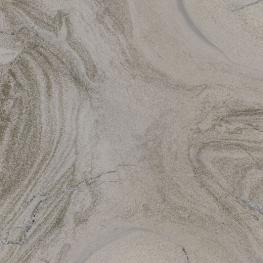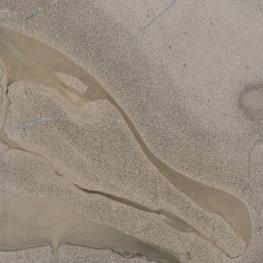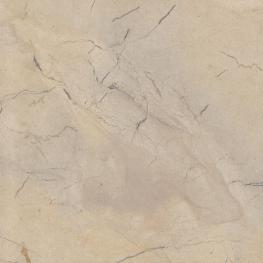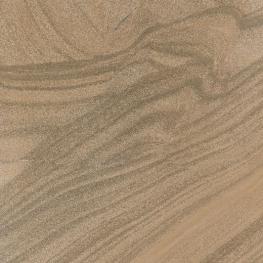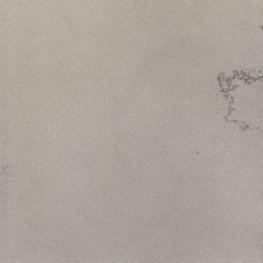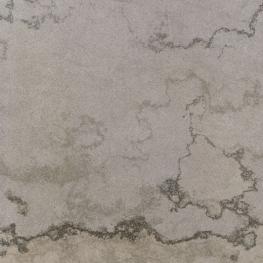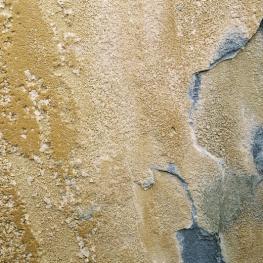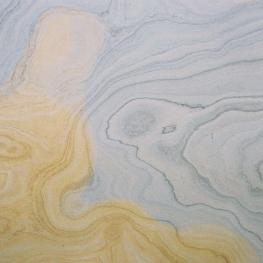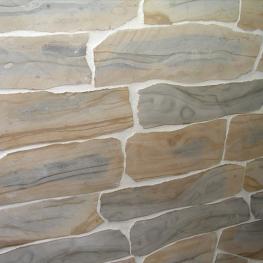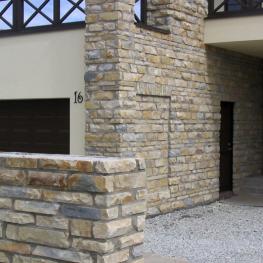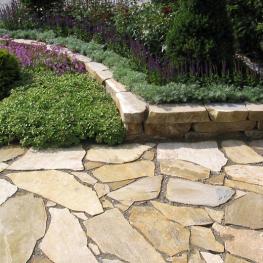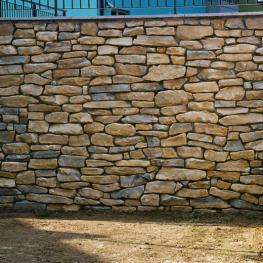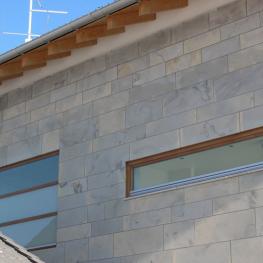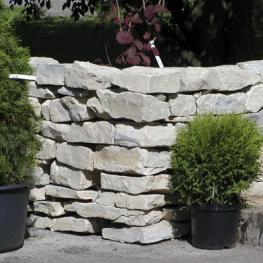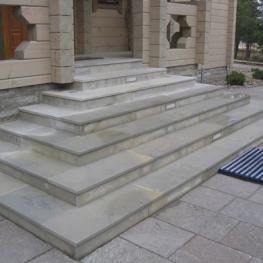Ungru limestone
Ungru limestone is quarried in Lääne County, Ridala Parish. This stone has fine grain and it is a slightly dolomitic limestone formed during the Silurian period in shallow waters in a tropical sea where there must have been strong waves. Because of that Ungru limestone has a unique structure providing it with unique and beautiful color and patterns.
The oldest still existing details made of Ungru stone date back to 13th century. These details and tombstones are from Ridala church and Haapsalu Episcopal Castle. Period from 13th to 19th century saw Ungru stone growing in popularity and examples can be seen in many Estonian churches and mainorhouses. From 18-19th century Ungru limestone was used extensively for the making of tombstones and crosses which can be seen in various graveyards in northern and central Estonia. Judging by the details made of Ungru stone centuries ago, one can conclude that this stone has good frost resistance.
After a low period during the soviet times Lossikivi started larger scale production again in the 1990-s, making it once again a sought after and appreciated material.
Ungru limestone has the following physical-mechanical properties:
- Weight by volume– 2430 ... 2650 kg/m3
- Compressive strength when dry – 855 ... 1335 kg/cm2
- Water absorption by weight – 0,7 ... 3,5 %
- Porousity– 2,9 ... 11,6 %
- Frost resistance– > 100 cycles (NB! on selected layers)
These days Ungru limestone is mainly used in the production of facade coverings and floor tiles, also crazy pavings and details with natural surface – Ungru Zeppelin, Ungru Vant, Ungru Rondo, Ungru Menuet, Ungru Rembrandt and many more products.
Ungru limestone can be seen in various places:
- Ridala church in Lääne County,
- Remains of Ungru Castle in Lääne County,
- Mission center building of the Methodist Church in Tallinn,
- Danish Embassy in Tallinn,
- Flower garden of Kadriour Castle,
- KUMU,
- Numerous private houses in Tabasalu, Viimsi, Veskimöldre etc.

